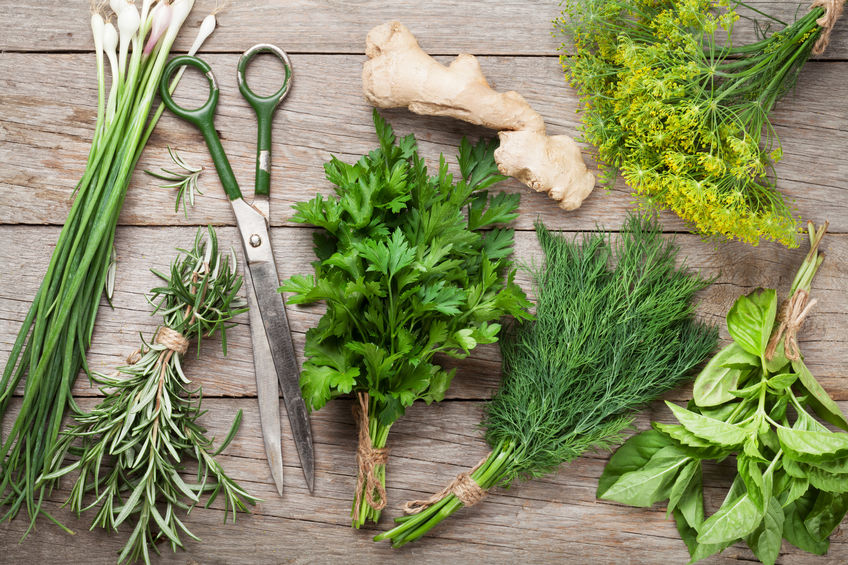Following a low-sodium diet isn’t easy, especially if you prefer dining out or often stick to eating packaged foods at home. You might feel overwhelmed when you start scrutinizing food labels more closely and learn that even a slice of bread can take a big bite out of your daily sodium limit, but rest assured you can still enjoy flavorful foods with some simple advice and advance meal planning.
In addition to being a source of flavor, salt is a natural preservative used in many packaged foods. Check labels yourself, but canned and jarred meats and vegetables that do not require refrigeration are likely to have high sodium content. Even those soups labeled “low sodium” are usually full of salt, just not as much as their traditional counterparts. In general, your best choices for a low-sodium diet are found around the perimeter of your grocery store, rather than in the middle.
Fresh fruits, vegetables, meats and grains are best when possible, but you may find many of these foods to be bland without added salt. Here are some tips for adding flavor to fresh foods without adding salt.
Acids: Use acids to brighten up meals and deliver the flavor punch we are accustomed to salt providing.
- Citrus – you won’t miss the salt as much when you add the juice or zest of lemons, limes and oranges
- Vinegar – balsamic vinegar, apple cider vinegar and red wine vinegar are popular options
- Dried Berries – add chopped dried cranberries or cherries for a whole new flavor adventure
- Cultured Dairy – when used in moderation, cultured dairy products like sour cream and Greek yogurt add variety to your food without packing on sodium
Fresh Vegetables: Some vegetables need to be seasoned but others provide their own flavor and enhance mealtime with savory aromas.
- Garlic – while it won’t do your breath any favors, garlic is very flavorful and versatile
- Onions & Shallots – yellow onions can enhance almost any meal, and red onions add zing when used raw or cooked
- Peppers – red, yellow, green and orange peppers add appeal through both color and flavor; add spice with diced jalapenos or habanero peppers
Herbs: Dried or fresh herbs enhance flavors without adding any sodium.
- Parsley – try blending a large bunch of chopped parsley with olive oil and vinegar for a zesty condiment, or sprinkle a handful of chopped fresh parsley to chicken or shrimp right after cooking
- Basil – fresh basil adds extra fresh flavor to tomatoes and can be mixed in with lettuces to add dimension to salads
- Dried rosemary, oregano and thyme work well together to jazz up even the most basic foods like potatoes and chicken
- Mustard Seed – use the powder found in the spice aisle, or many prepared mustards deliver strong flavor with limited salt
Fats: We all know that fats add flavor and that yumminess factor, but not all fats are created equal.
- Nuts & Seeds – toast nuts and seeds on the stove in a dry pan to add complex flavor; walnuts and pine nuts are great options for salads and pasta dishes
- Oils – oils that are liquid at room temperature are generally healthier choices than solid fats; a little bit of extra virgin olive oil, grapeseed oil or even sesame oil can add extra dimension to many dishes
Consult your physician before using salt substitutes, such as No Salt, Nu-Salt or Morton’s Salt Substitute. Most of these products swap potassium for the sodium found in salt, which can lead to a harmful electrolyte imbalance, especially in people with certain medical conditions.



